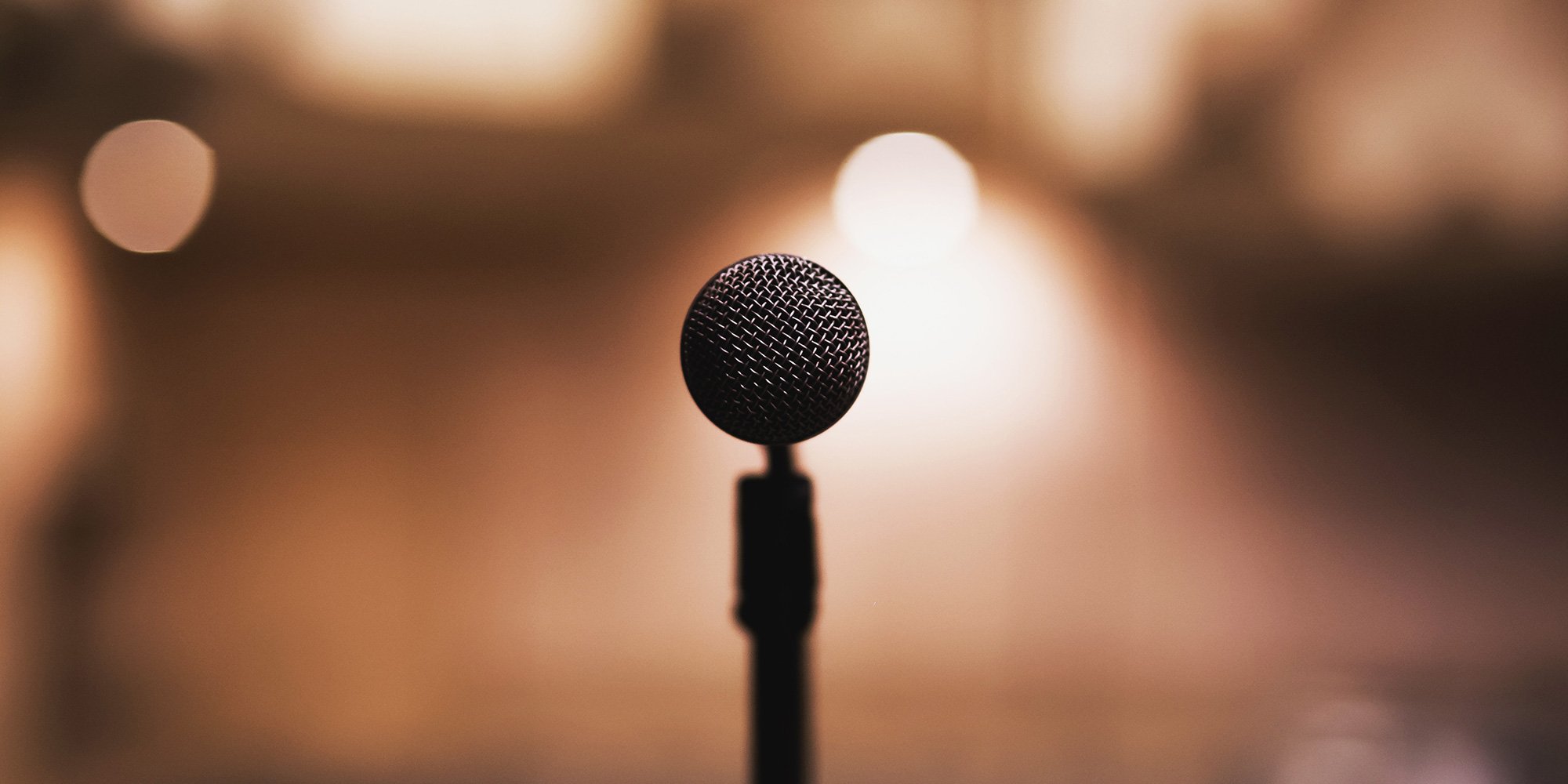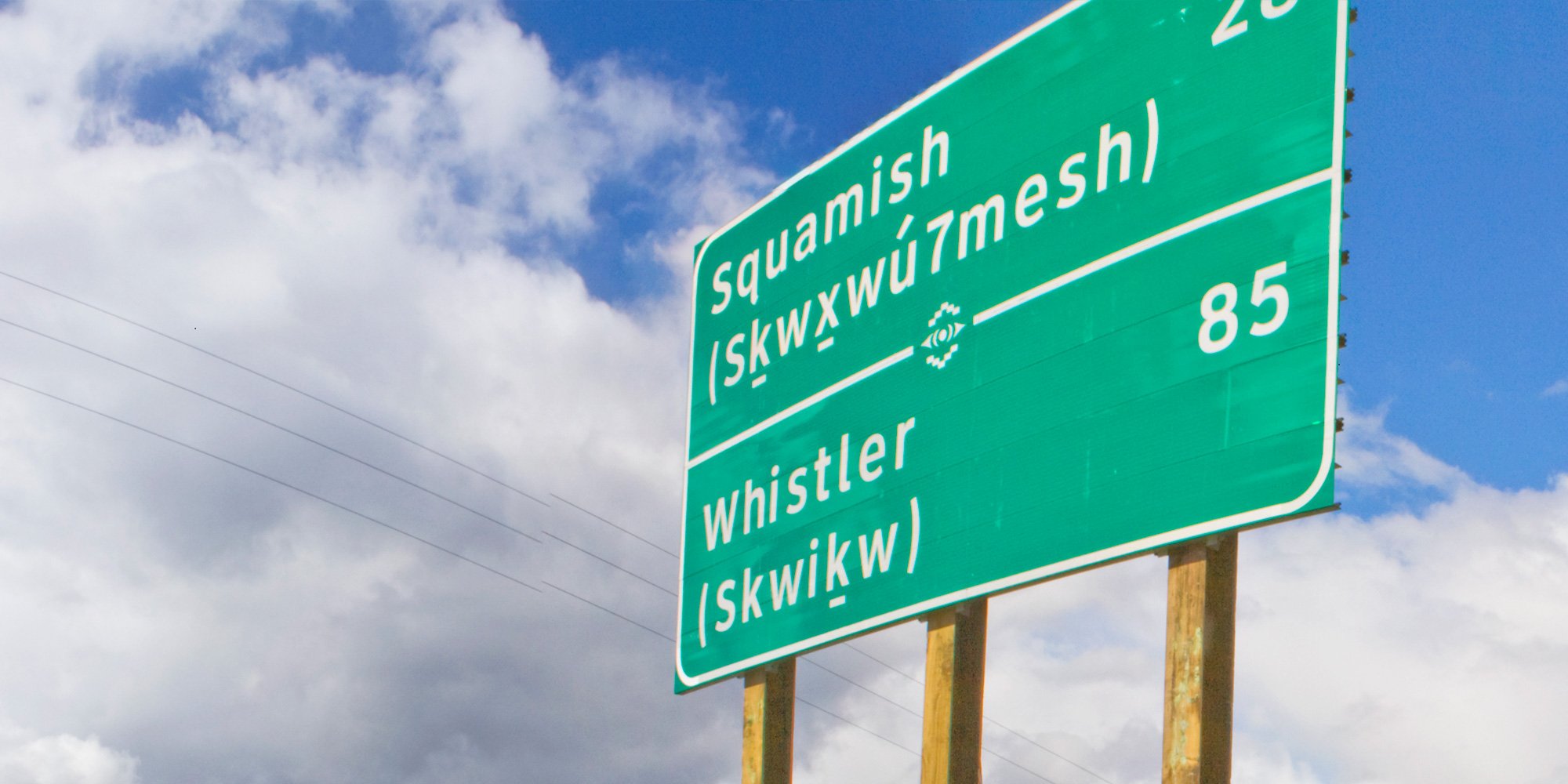First Nation Protocol - Thanking the Host First Nation, Why You Should
In this post, we share some insight on First Nation Protocol including why you should thank the host First Nation, and on the side provide an example...

It can be customary between one First Nation and another to acknowledge the host Nation Peoples and their traditional territory at the outset of any meeting. The long struggle by First Nations to maintain traditions has been tough, but through it all this basic protocol has survived and thrived.
Respectful acknowledgement of First Nation protocol is increasingly becoming the norm at the beginning of meetings and events - but some may wonder why.
Because doing so acknowledges that you recognize that you’re on the land of a Nation that has had a relationship since time immemorial with that land. It is a sign of respect and recognition, and you can’t go wrong with respect and recognition. You are acknowledging the ties the descendants of those First Peoples have to the land - its importance to their culture, ceremonies, and traditions.
On The Coast with Gloria Macarenko interviewed me on the subject of land Acknowledgements. The article is titled Surrey Land Acknowledgement. Surrey Councillor Jack Hundial put forward a motion that every council meeting begin with an Indigenous land acknowledgement. The council voted it down.
The first step is determining the type of lands you are meeting on - treaty lands or traditional territory.
Traditional territory is as it sounds - lands that have been used for all kinds of traditional purposes. And treaty territory is as it sounds - lands that have been defined through treaty negotiations, either in a historic Indian treaty-making process or through modern treaties.
Both usually, but not always, have an accompanying map that shows you the boundaries.
But, sometimes it’s not so easy to determine whose traditional or treaty land you’ll be meeting on.
We get lots of requests for help in this and while we would love to make your life easier by providing the information, we would be hindering your journey to understanding and learning about Indigenous Peoples - reconciliation. But, we do want to assist you in your journey, so here’s an article with some suggested resources for your research.
There are different tiers of acknowledgements and which one you use depends on the size of the meeting or event.
Here are two very basic examples to get you started:
Protocol on First Nation's Traditional Territory
I would like to thank the _________ for agreeing to meet with us today and for welcoming us to your traditional territory.
Protocol on First Nations treaty lands
I would like to thank the _________ for agreeing to meet with us today and for welcoming us to your treaty lands.
If your meeting or event is in British Columbia, you could include recognition that the land is unceded territory. British Columbia is unique in Canada in that most of the province (an area that’s about 95 percent of the land base, or nearly 900,000 square kilometres) is unceded, non-surrendered First Nation territories.
It’s quite likely in your research you will come across a variety of examples. Some will be short and simple as in the above examples while others will be more expansive. It’s up to you which words to choose and how deep you want to go.
During your research, you may find that some communities have protocol guidelines on their website.
Keep in mind that you should restrict your acknowledgement to thanking the host nation, and not stray into welcoming delegates, meeting participants. . . and offending the host Nation and embarrassing yourself and your team in the process.
You can do it or you can invite someone from the community to do it.
If you’re doing it, and are unsure of how to pronounce a nation’s name, here are some suggestions:
Calling the band office and asking someone there to help you might seem like a good idea but in reality, as it may take more than a few minutes for you to nail the pronunciation that means you might be imposing on the staff. You could contact the band office and ask if there is someone you could employ to help you and your team with pronunciation.
The local Friendship Centre is another place to ask for assistance.
The Nation's website may have a phonetic pronunciation; check out any videos on the website as there may be a reference to the Nation
My "go-to" suggestion is to call the band office after hours and listen to the answering machine. That way you can take as long as needed.
Please practice, practice, practice until you are comfortable with your pronunciation.
If you’re going to invite an Elder to conduct protocol it is extremely important that they are treated with respect and that their needs are prioritized before, during, and after the ceremony. Here are some guidelines and suggestions on Elder protocol.
Elders may include smudging as part of the acknowledgement to ensure the facility is alerted to the fact there will be smoke in the air.
We've heard that land acknowledgements are now being included in wedding ceremonies, libraries, schools, colleges and universities, arts events, sports events . . . so great!
An informed acknowledgement is authentic, accurate, respectful, and spoken with heartfelt sincerity. It is not a platitude. The exercise of doing the research to find out on whose land a meeting or event is taking place is an opportunity to open hearts and minds to the past and make a commitment to contributing to a better future which is the essence of reconciliation.
Here is an article from the CBC titled, What's Wrong with Land Acknowledgements which will give you some insights on what not to do from 5 First Nations People.
We hope this article, and the ones we’ve linked to, have helped you compose your acknowledgement. If so, please share with colleagues.
To build on your Indigenous awareness and relations knowledge, we recommend our Working Effectively with Indigenous Peoples® training. It is offered in 3 formats, including a go at your own pace Self-Guided option.
This article was updated on October 25, 2021, to include a link to an article about the sincerity of land acknowledgements.
Featured photo: Pexels
In this post, we share some insight on First Nation Protocol including why you should thank the host First Nation, and on the side provide an example...

It’s becoming more commonplace for formal meetings to begin with an acknowledgement of the traditional or treaty territory on which the meeting is...

On October 1, 2017, as I listened to Jagmeet Singh make his acceptance speech as the newly crowned leader of the National Democratic Party I was...